LAB REPORT
Science and Technology Making Headlines
Jan. 6, 2017
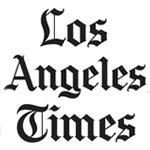
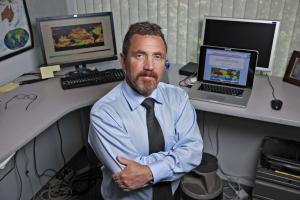
Ben Santer
Scientist adjusts to political climate
Two decades ago, LLNL climate scientist Ben Santer helped write a landmark international report linking global warming and human activity. Since then, he’s had to hear time and time again that global warming is a hoax.
Santer describes it as “background noise,” and he tries to tune it out as he presses forward with his research.
“Imagine, if you will, that you devoted your entire career to doing one thing. Doing it as well as you possibly can,” Santer said. “And someone comes along and says everything you’ve done is worthless.”
Although he’s soft-spoken in person, the 61-year-old scientist has become more vocal over the years in hopes of beating back claims that climate change isn’t real. Noticing the grim mood in his office after the election, Santer wrote an essay that he forwarded to friends to post online. “This is not the time for despair,” wrote Santer. “It’s time for leaving the sidelines and entering the public arena.”

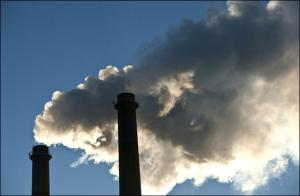
Carbon capture technology traps carbon dioxide from smokestacks before it can enter the atmosphere.
The future of carbon capture
Carbon capture involves pulling carbon dioxide out of smokestacks and industrial processes before the climate-altering gas can make its way into the atmosphere.
But developing large-scale carbon capture hasn’t been easy. Major projects have cost far more than projected and took longer to complete. The federal government has canceled projects like Future Gen, which was granted more than $1 billion by the Obama administration.
“If you don’t have carbon capture and storage, the chance of success goes down, and the cost of success goes up,” said Julio Friedmann, an expert at the Lawrence Livermore National Laboratory and a former Energy Department official.
Friedmann predicted that the technology would prove its usefulness. “It’s convenient to just say ‘Keep it in the ground,’” he said, referring to an antifossil-fuel slogan. “What I prefer to say is ‘Keep it from the air.’”

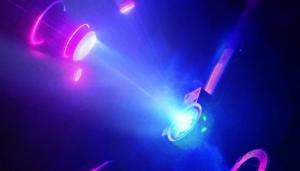
Increasing water supplies is one way California could help satiate the state’s water needs.
Clean water on tap
Despite being the home to many of the world’s great startups, California’s approach to its water shortage has been anything but entrepreneurial. For example, the state’s WaterFix project focuses on more efficiently and reliably allocating California’s insufficient stock of potable water rather than increasing water supplies.
California has water innovators. For example, Lawrence Livermore scientists have developed a new flow-through electrode capacitive desalination technology that can remove salt from seawater with minimal energy use.
Rather than borrow more money to transport insufficient water resources, the state’s efforts would be better directed toward working with innovators to commercialize and apply new water supply technologies.

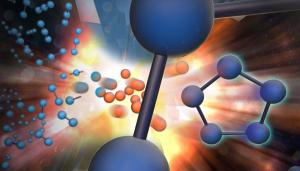
Lawrence Livermore scientists synthesized a long sought-after five-ring nitrogen compound under pressure. Image by Adam Connell/LLNL
Lord of the rings
Lawrence Livermore scientists and University of South Florida theorists recently reported the synthesis and equation of state of a long sought-after five-ring nitrogen compound.
The research has implications for exploring the role extreme temperatures and pressures have on nitrogen compounds.
The ring-structure compounds, known as pentazolates, are the last all-nitrogen members of the azole series. They have been notoriously elusive for the last hundred years, despite enormous efforts to make these compounds in either gas or condensed phases.
The LLNL scientists synthesized a stable cesium pentazolate salt compound at pressures just above 40 GPa (400,000 times atmospheric pressure) and temperatures near 2000 Kelvin. Surprisingly, the experiments revealed that compound is stable at room temperature down to much lower pressures. In the end, the team was able to synthesize the N5 rings.
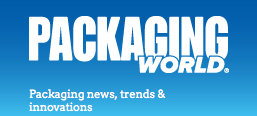
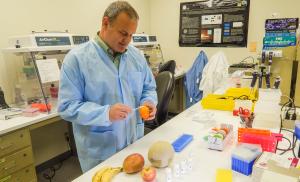
LLNL physical chemist George Farquar, who led a Lab team that invented DNATrax, demonstrates how the product can be applied to food to identify it down the food chain. If the food turns out to be tainted, DNATrax can trace it back to the source. Photo by Julie Russell/LLNL
Taking a bite out of crime
Serialization innovations from edible barcodes to invisible fingerprints are making strides in the manufacturing fight to reduce counterfeit products in the food supply chain and stop food robbery.
In California alone, nut thefts are on the rise. Almonds and pistachios are leaving the processors’ sites loaded onto trucks that never make it to their expected destinations.
But an edible barcode originating from Lawrence Livermore National Laboratory and licensed by SafeTraces in 2013 could help in the fight against counterfeits. There are two pieces of equipment: the printer, which mixes and creates the DNA barcode; and the reader, a brick-sized portable device that can test and verify the source, purity and safety of fresh produce in under 10 minutes.
The technology allows you to tag food -- not the packaging -- by using DNA extract from seaweed to create edible barcodes that can be sprayed on fruits and vegetables as part of the final rinse or applied as a powder on dry goods like flour or beans. The key here is that there are no incremental steps in the production process. And the edible barcode is FDA-approved and a non-genetically modified organism (non-GMO).





